|
John Tyman's Cultures in Context Series AFRICAN HABITATS : FOREST, GRASSLAND AND SLUM Studies of the Maasai, the Luhya, and Nairobi's Urban Fringe |
|
|
|
|
|
John Tyman's Cultures in Context Series AFRICAN HABITATS : FOREST, GRASSLAND AND SLUM Studies of the Maasai, the Luhya, and Nairobi's Urban Fringe |
|
|
|
|
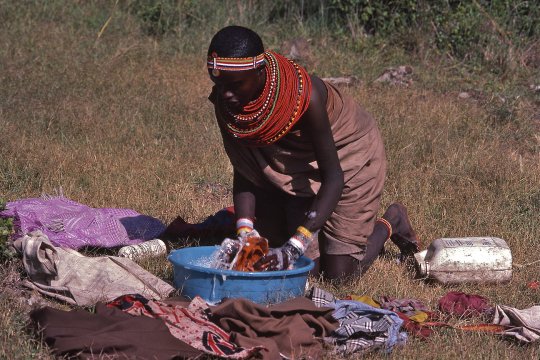 |
| 423. To save time and effort, clothes are washed beside the stream, and rinsed in it later -- adding to the level of pollutants. |
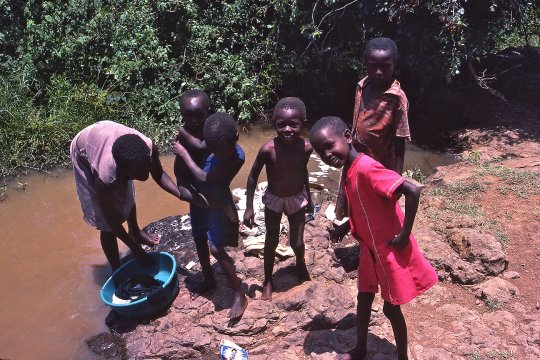 |
| 424. People may wash themselves here too. |
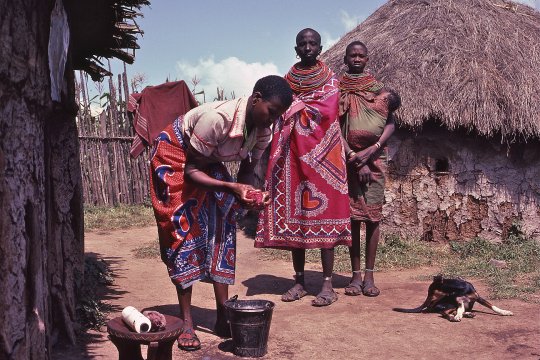 |
| 425. Back at the village, some of this precious water will be used by other family members to wash themselves, but it will be used sparingly. |
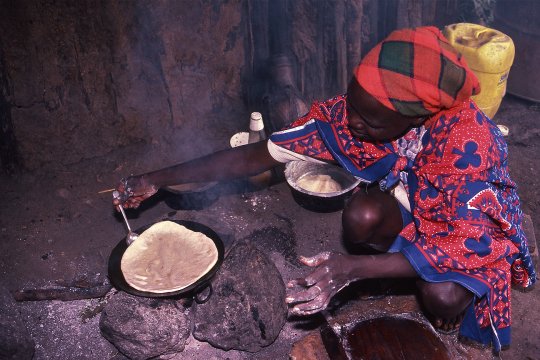 |
| 427. Women also do all the cooking at home, and the cleaning, and they teach their daughters how to do these same chores when they grow up. |
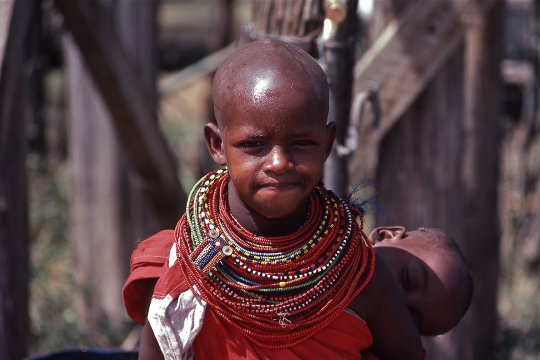 |
| 428. Like the boys, young girls have time to play when they are infants, but they share in womenís work from an early age ... baby-sitting, for example. |
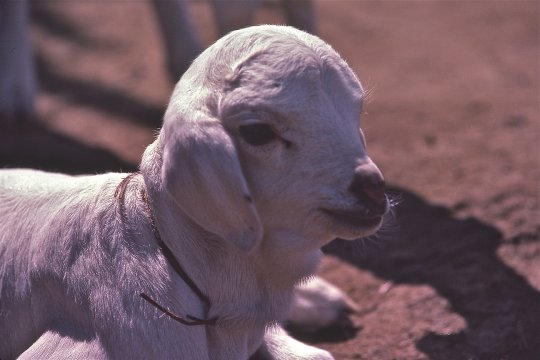 |
| 429. Their biggest chore is looking after the youngest animals, which are kept close to the village. |
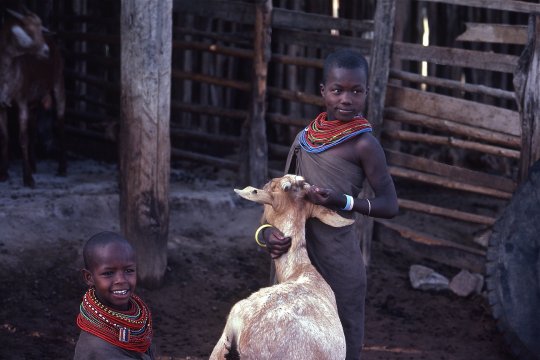 |
| 430. They also maintain a watchful eye over the pregnant ewes and nanny goats, which are also kept close to home. |
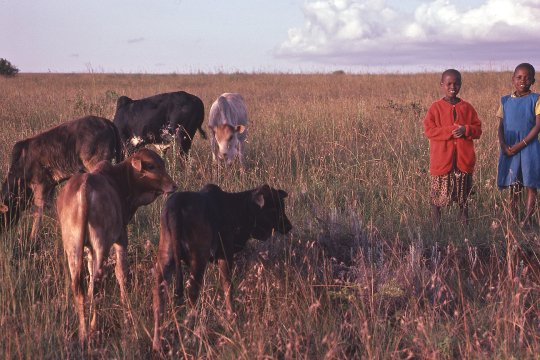 |
| 431. And they will help with grazing and milking ... of cattle as well as sheep and goats. |
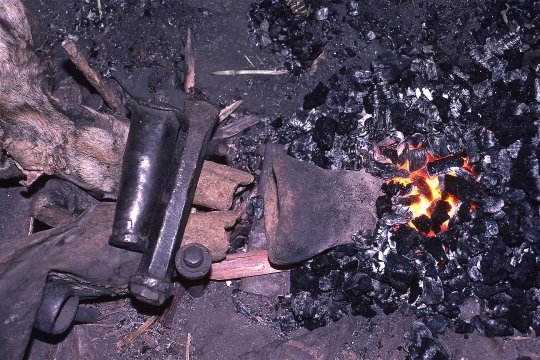 |
| 435. But the blacksmith, in turn, needs help maintaining a blast of air through the goatskin bellows which raise the temperature of iron to the point where itís soft enough to work. |
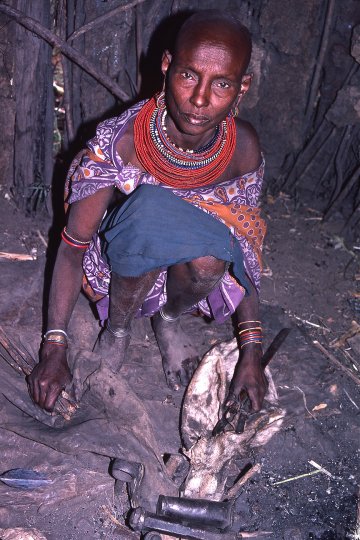 |
| 436. And the energy needed to operate these pumps is provided by his mother or his wife. |
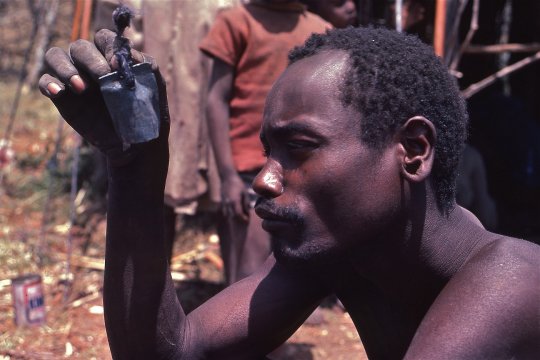 |
| 437. This is a customer checking on the sound of a new bell, made from a piece of steel pipe flattened at one end. It will be used to locate animals grazing in the bush. |
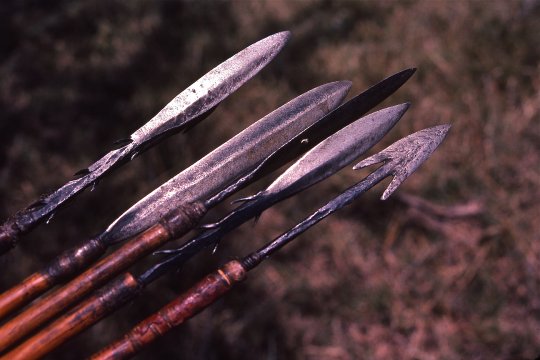 |
| 438. The blacksmith also makes spears and arrow heads -- typically today from steel reinforcing rods obtained from construction sites in town. (Arrow heads.) |
![]()
Text, photos and recordings
by John Tyman
Intended for Educational Use
Only.
Contact Dr. John Tyman at johntyman2@gmail.com
for more information regarding
licensing.
![]()
www.hillmanweb.com
Photo processing, Web page layout,
formatting and hosting by
William
Hillman ~ Brandon, Manitoba ~ Canada